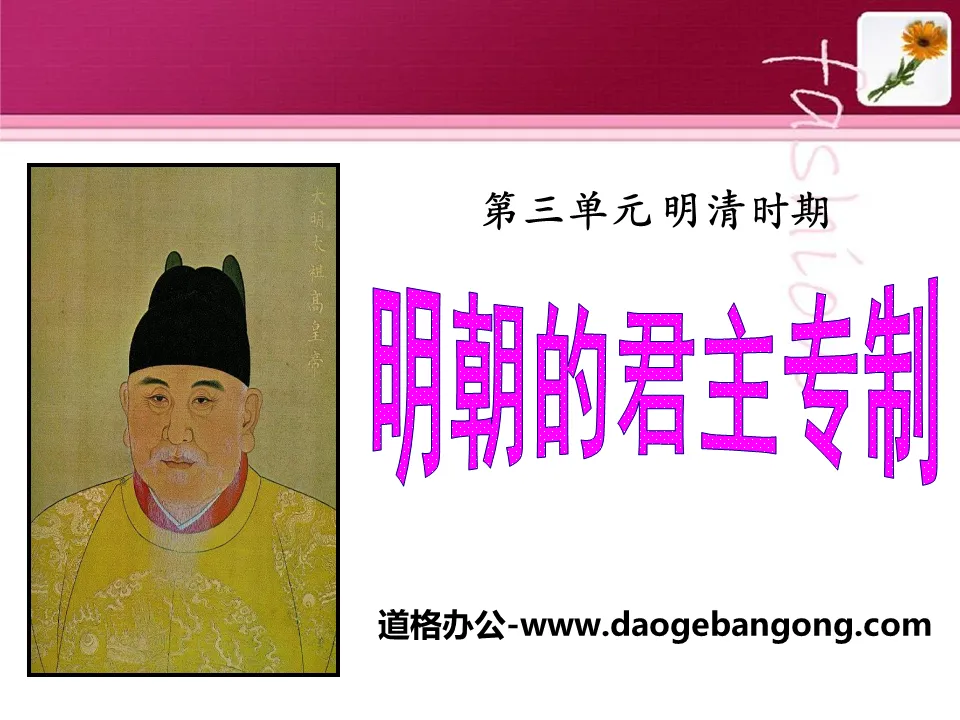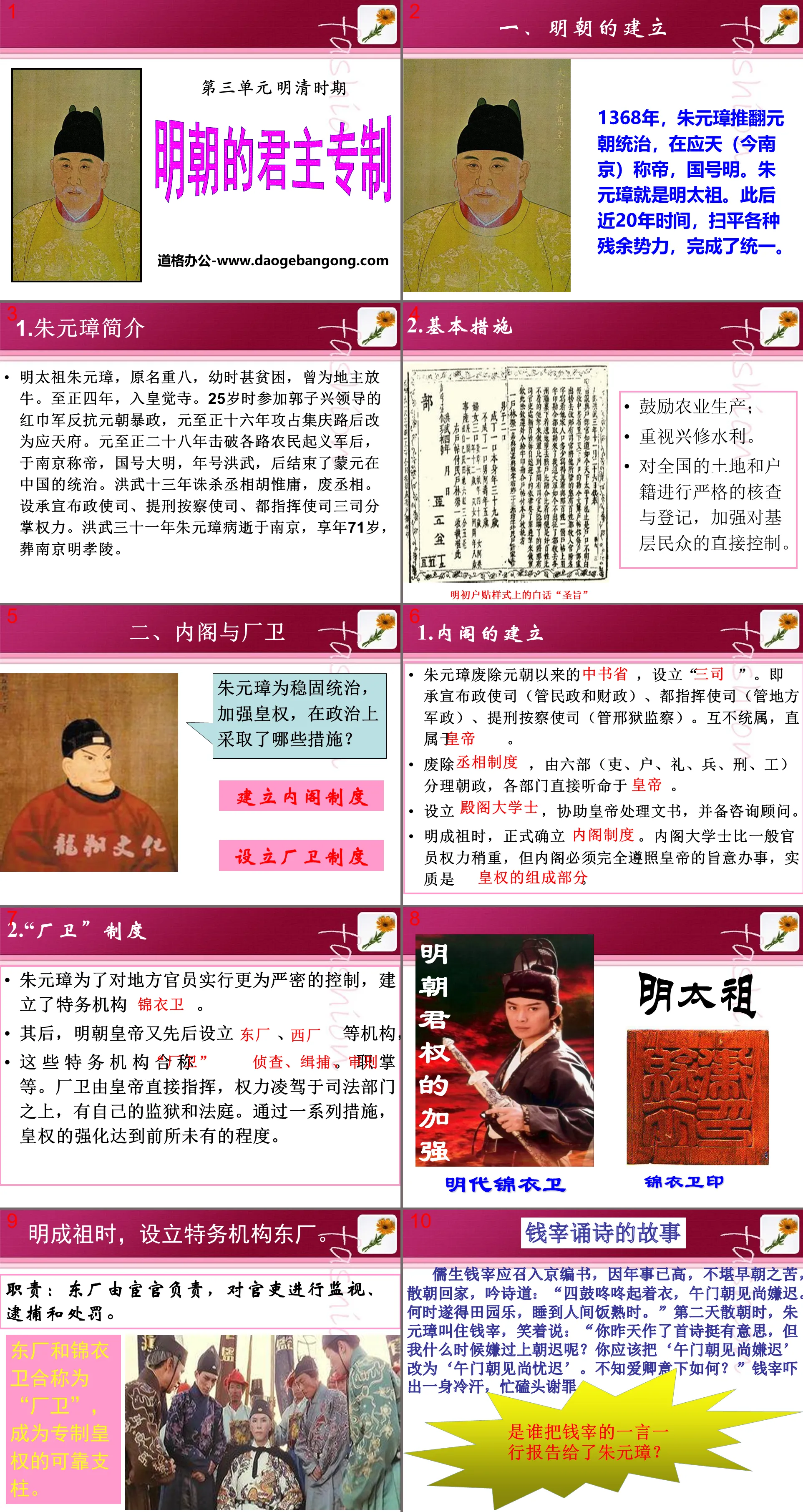The second volume of history for eighth grade compiled by the People's Education Publishing House
Zhonghua Book Company Edition Eighth Grade History Volume 2
People's Education Press Seventh Grade History Volume 1
People's Education Edition Eighth Grade History Volume 1
Zhonghua Book Company Edition Seventh Grade History Volume 2
Volume 1 of the seventh grade history compiled by the People's Education Publishing House
Yuelu Edition Seventh Grade History Volume 2
People's Education Edition History and Society 9th Grade Part II
East China Normal University Edition Seventh Grade History Volume 1
People's Education Press Seventh Grade History Volume 2
People's Education Press History and Society Grade 7
People's Education Edition Eighth Grade History Volume 2
People's Education Press Ninth Grade History Volume 2
People's Education Press History and Society Grade 9
People's Education Press History and Society for Grade 8 Volume 1
Yuelu Edition Seventh Grade History Volume 1

| Category | Format | Size |
|---|---|---|
| East China Normal University Edition Seventh Grade History Volume 2 | pptx | 6 MB |
Description
"The Autocratic Monarchy of the Ming Dynasty" PPT courseware 3 during the Ming and Qing Dynasties
1. The establishment of the Ming Dynasty
In 1368, Zhu Yuanzhang overthrew the rule of the Yuan Dynasty and proclaimed himself emperor in Yingtian (today's Nanjing). His country was named Ming. Zhu Yuanzhang is the Ming Taizu. In the nearly 20 years since then, various remaining forces have been wiped out and unification has been completed.
1. Introduction to Zhu Yuanzhang
Ming Taizu Zhu Yuanzhang, whose original name was Chongba, was very poor when he was young and used to herd cattle for the landlord. In the fourth year of his reign, he entered Huangjue Temple. At the age of 25, he joined the Red Scarf Army led by Guo Zixing to resist the tyranny of the Yuan Dynasty. After the capture of Jiqing Road in the 16th year of Yuan Zhizheng, it was changed to Yingtian Mansion. In the 28th year of the Yuan Dynasty, after defeating various peasant uprising armies, he proclaimed himself emperor in Nanjing. The country was named Daming and the reign was named Hongwu. This ended the Mongolian Yuan rule in China. In the thirteenth year of Hongwu's reign, Prime Minister Hu Weiyong was executed and deposed. There are three departments, namely, the Department of Proclamation and Administrative Affairs, the Department of Punishment and Prosecution, and the Department of Command and Envoys, which share the power. In the 31st year of Hongwu's reign, Zhu Yuanzhang died of illness in Nanjing at the age of 71 and was buried in Xiaoling Mausoleum of the Ming Dynasty in Nanjing.
2.Basic measures
encourage agricultural production;
Pay attention to the construction of water conservancy.
Conduct strict verification and registration of land and household registration nationwide, and strengthen direct control over grassroots people.
2. Cabinet and Factory Guards
1. Establishment of the cabinet
Zhu Yuanzhang abolished the _________ established since the Yuan Dynasty and established the "_______". That is to say, the Department of Proclamation and Administrative Affairs (in charge of civil affairs and finance), the Department of Command and Envoys (in charge of local military affairs), and the Department of Punishment and Prosecution (in charge of Xing prison supervision) were appointed. They do not belong to each other, but belong directly to _______.
_________ was abolished, and government affairs were divided into six departments (officials, households, rituals, soldiers, punishments, and workers), and each department took orders directly from _________.
_________ was established to assist the emperor in processing documents and to prepare consultants.
During the reign of Emperor Chengzu of the Ming Dynasty, ________ was officially established. Cabinet bachelors have slightly more power than ordinary officials, but the cabinet must fully comply with the emperor's will. In essence, it is __________.
2. "Factory Guard" System
In order to exercise tighter control over local officials, Zhu Yuanzhang established the spy agency ________.
Later, the emperor of the Ming Dynasty successively established ________, ________ and other institutions.
These secret service agencies are collectively known as ________. Responsibilities ______________ etc. The factory guards were under the direct command of the emperor, had authority over the judiciary, and had their own prisons and courts. Through a series of measures, the imperial power was strengthened to an unprecedented extent.
3. Eight-part essay and literary inquisition
think about it
The Ming Dynasty continued to use the _______ system to select officials. What measures were taken to strengthen ideological control?
Eight-part essay, literary inquisition
Eight-part essay to get scholars
Title: "Four Books" and "Five Classics"
Content: Limited to the scope of the "Four Books and Five Classics" and Zhu Xi's annotations, and cannot be used freely.
Format: Fixed format. The full text has eight main parts: breaking the topic, carrying on the topic, beginning, beginning, beginning, middle, last, and ending.
Number of words: For the Provincial Examination and the General Examination, one question on the meaning of the "Five Classics" is 500 words; one question on the meaning of the "Four Books" is 300 words.
Disadvantages: It seriously constrained the minds of scholars and was very poisonous in history. The selected talents became loyal servants of the emperor.
Practice questions
1. Multiple choice questions:
1. Wang Ming, a seventh-grade student, said to his classmates: "Officials in the Ming Dynasty had no right to privacy. It's terrible!" He commented on which measure of the Ming Dynasty had the consequences ( ).
A. Burning books and harassing Confucians B. Setting up a factory security spy agency
C. Eight-part essay to recruit scholars D. Daxing’s “Literary Prison”
2. One day in the early years of the Qing Dynasty, a gust of wind blew up the pages of a literati's book. The literati was very interested in poetry and recited poems to express his feelings: "The breeze is illiterate, so why are you flipping through the books?" Some people used this to ridicule the Qing Dynasty. , and he was convicted and executed. This shows that ( ) was implemented in the early Qing Dynasty.
A. Burning books and harassing Confucians B. Eight-legged writing to recruit scholars C. Factory guard system D. "Literary Prison"
3. If "Jinyiwei, Dongchang and Xichang", "Military Aircraft Department" and "Literary Prison" are determined as a learning unit, then the theme of this unit should be ( ).
A. Strengthening of spy rule B. Strengthening of ideological control
C. The strengthening of cultural autocracy D. The strengthening of unity through authoritarian centralization
4. The most important ideological and cultural manifestation of the further strengthening of the monarchy in the Ming Dynasty is ( ).
A. Abolish the provinces and establish three departments B. Abolish the prime minister
C. Establishing a factory security spy agency D. Recruiting talents through stereotyped writing
2. Read the pictures and answer the questions.
(1) What system of the Ming Dynasty does this picture reflect? In which dynasty was this system first created?
Answer: This picture reflects the imperial examination system of the Ming Dynasty; this system was first established in the Sui Dynasty.
(2) What was this system called in the Ming Dynasty?
Answer: Eight-part essay system for recruiting scholars.
(3) What is the purpose of establishing this system?
Answer: In order to select officials who can obey the emperor's orders and strengthen the imperial power.
(4) What were the disadvantages of implementing this system at that time?
Answer: It strengthened ideological control, destroyed culture, imprisoned the thoughts of intellectuals, made many scholars become loyal servants of the emperor, and hindered the healthy development of thought and culture.
Keywords: Ming and Qing Dynasty teaching courseware, Ming Dynasty’s monarchy teaching courseware, East China Normal University edition seventh grade history volume 2 PPT courseware download, seventh grade history slide courseware download, Ming and Qing Dynasty PPT courseware download, Ming Dynasty’s monarchy PPT courseware download, .PPT format;
For more information about the PPT courseware "The Absolute Monarchy of the Ming Dynasty during the Ming and Qing Dynasties", please click the Ming and Qing Dynasty ppt The Absolute Monarchy of the Ming Dynasty ppt tag.
"The Autocratic Monarchy of the Ming Dynasty" PPT courseware 2 during the Ming and Qing Dynasties:
"The Monarchy of the Ming Dynasty" PPT courseware during the Ming and Qing Dynasties 2 1. The establishment of the Ming Dynasty 1. The establishment of the Ming Dynasty: Zhu Yuanzhang of Yingtian Prefecture in 1368 (peasant uprising in the late Yuan Dynasty) 2. Resumption of production: encourage production, build water conservancy projects 2. Strengthen imperial power 1. Abolish the Prime Minister: Zhu Yuanzhang abolished the Prime Minister..
"The Autocratic Monarchy of the Ming Dynasty" PPT courseware of the Ming and Qing Dynasties:
"The Autocratic Monarchy of the Ming Dynasty" PPT courseware during the Ming and Qing Dynasties 1. The establishment of the Ming Dynasty: Zhu Yuanzhang (Ming Taizu) in 1368. After Zhu Yuanzhang established the Ming Dynasty and unified the country, he believed that one of the reasons for the demise of the Yuan Dynasty was that the emperor was weak and his ministers were strong, and the monarchy was autocratic. Centralized rule is not strong enough and must...
File Info
Update Time: 2024-11-19
This template belongs to History courseware East China Normal University Edition Seventh Grade History Volume 2 industry PPT template
"The Autocratic Monarchy of the Ming Dynasty" PPT courseware 3 during the Ming and Qing Dynasties Simple campus recruitment activity planning plan summary enterprise and institution recruitment publicity lecture PPT template is a general PPT template for business post competition provided by the manuscript PPT, simple campus recruitment activity planning plan summary enterprise and institution recruitment promotion Lecture PPT template, you can edit and modify the text and pictures in the source file by downloading the source file. If you want more exquisite business PPT templates, you can come to grid resource. Doug resource PPT, massive PPT template slide material download, we only make high-quality PPT templates!
Tips: If you open the template and feel that it is not suitable for all your needs, you can search for related content "The Autocratic Monarchy of the Ming Dynasty" PPT courseware 3 during the Ming and Qing Dynasties is enough.
How to use the Windows system template
Directly decompress the file and use it with office or wps
How to use the Mac system template
Directly decompress the file and use it Office or wps can be used
Related reading
For more detailed PPT-related tutorials and font tutorials, you can view: Click to see
How to create a high-quality technological sense PPT? 4 ways to share the bottom of the box
Notice
Do not download in WeChat, Zhihu, QQ, built-in browsers, please use mobile browsers to download! If you are a mobile phone user, please download it on your computer!
1. The manuscript PPT is only for study and reference, please delete it 24 hours after downloading.
2. If the resource involves your legitimate rights and interests, delete it immediately.
3. Contact information: service@daogebangong.com
"The Autocratic Monarchy of the Ming Dynasty" PPT courseware 3 during the Ming and Qing Dynasties, due to usage restrictions, it is only for personal study and reference use. For commercial use, please go to the relevant official website for authorization.
(Personal non-commercial use refers to the use of this font to complete the display of personal works, including but not limited to the design of personal papers, resumes, etc.)
Preview










